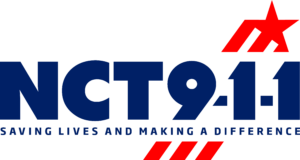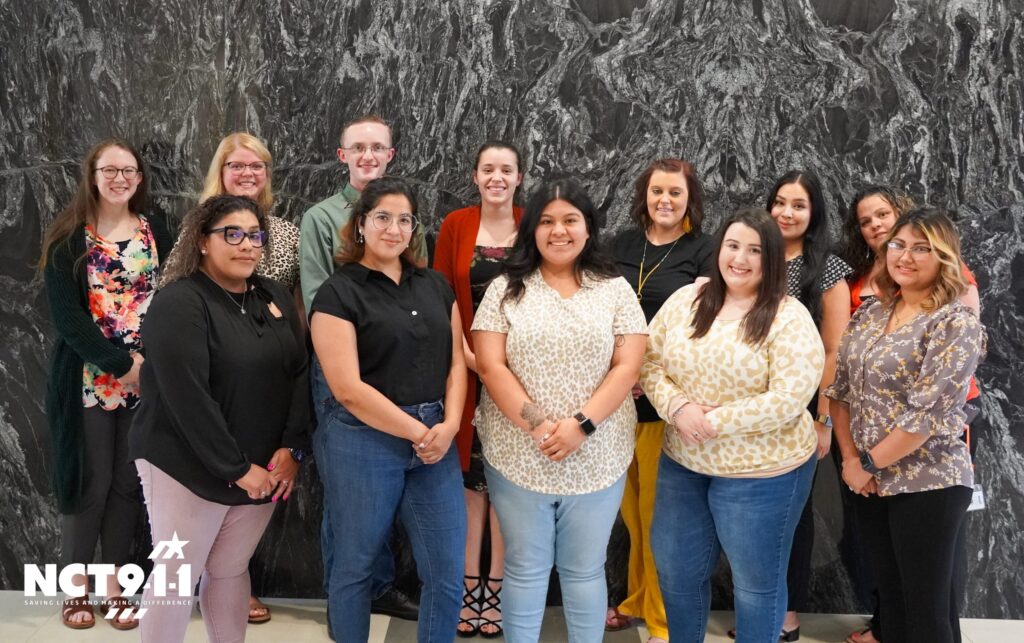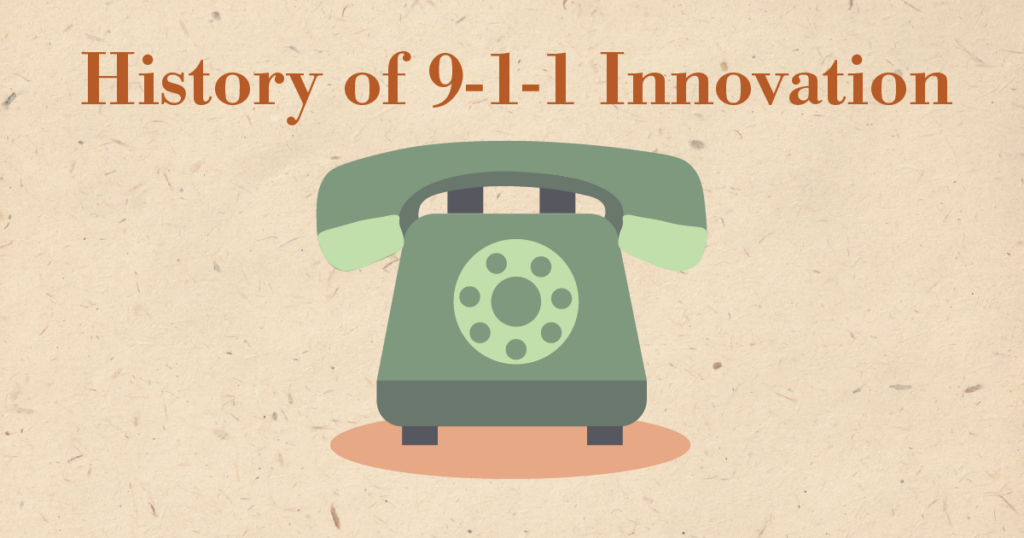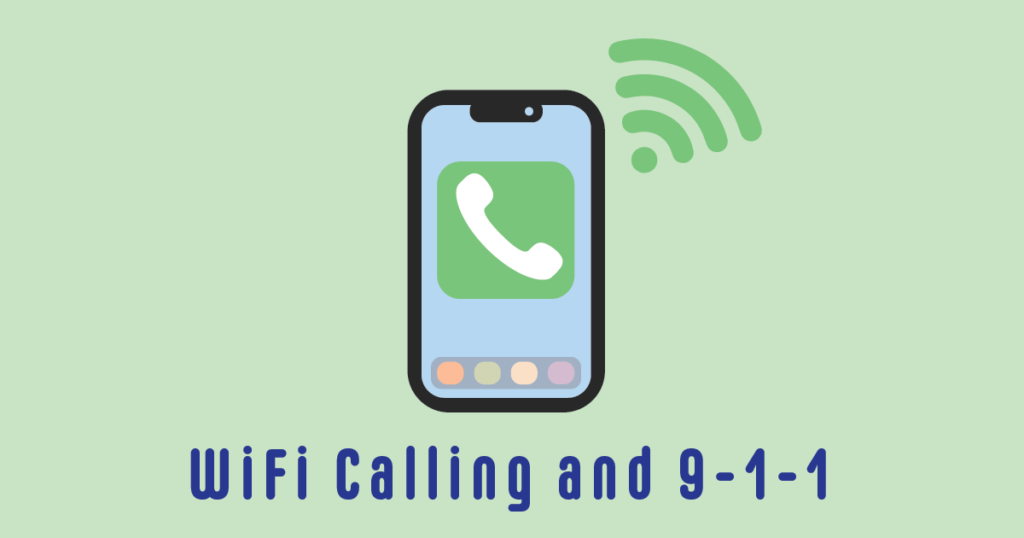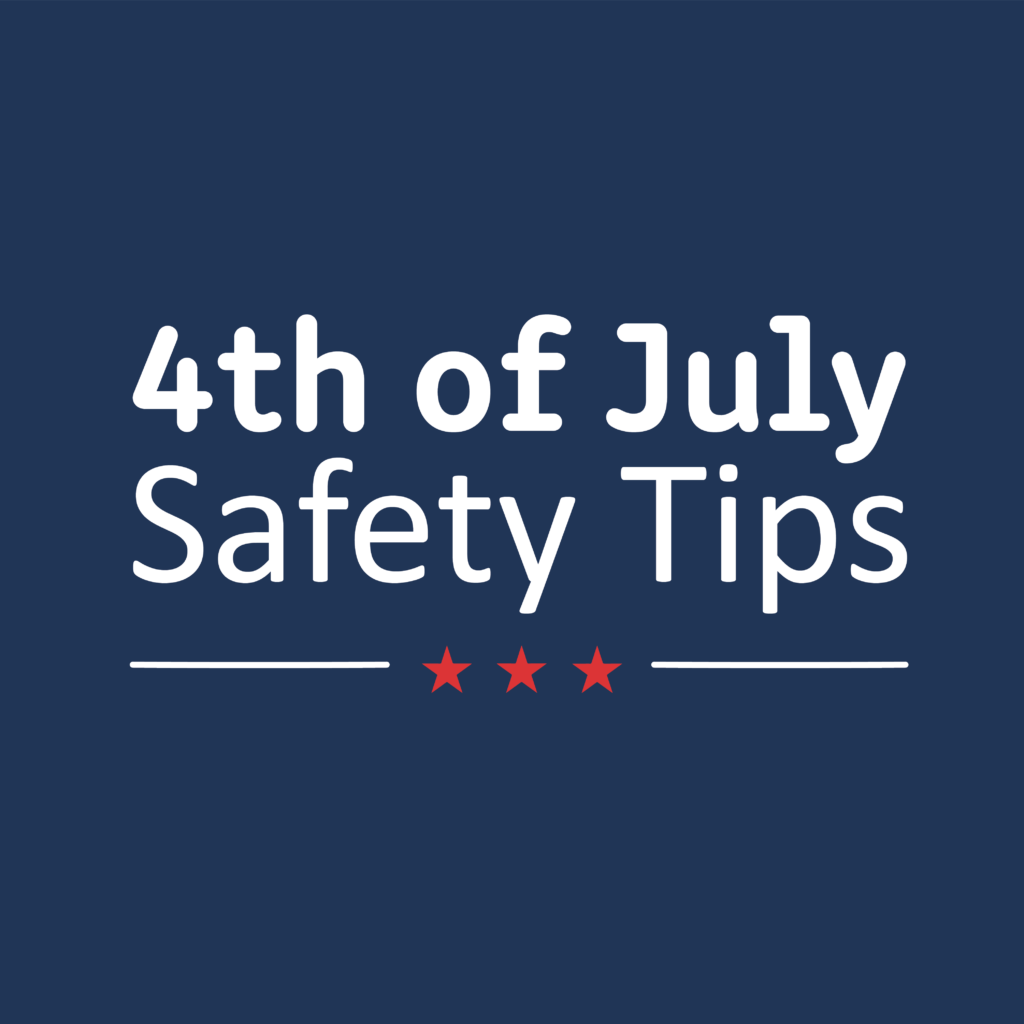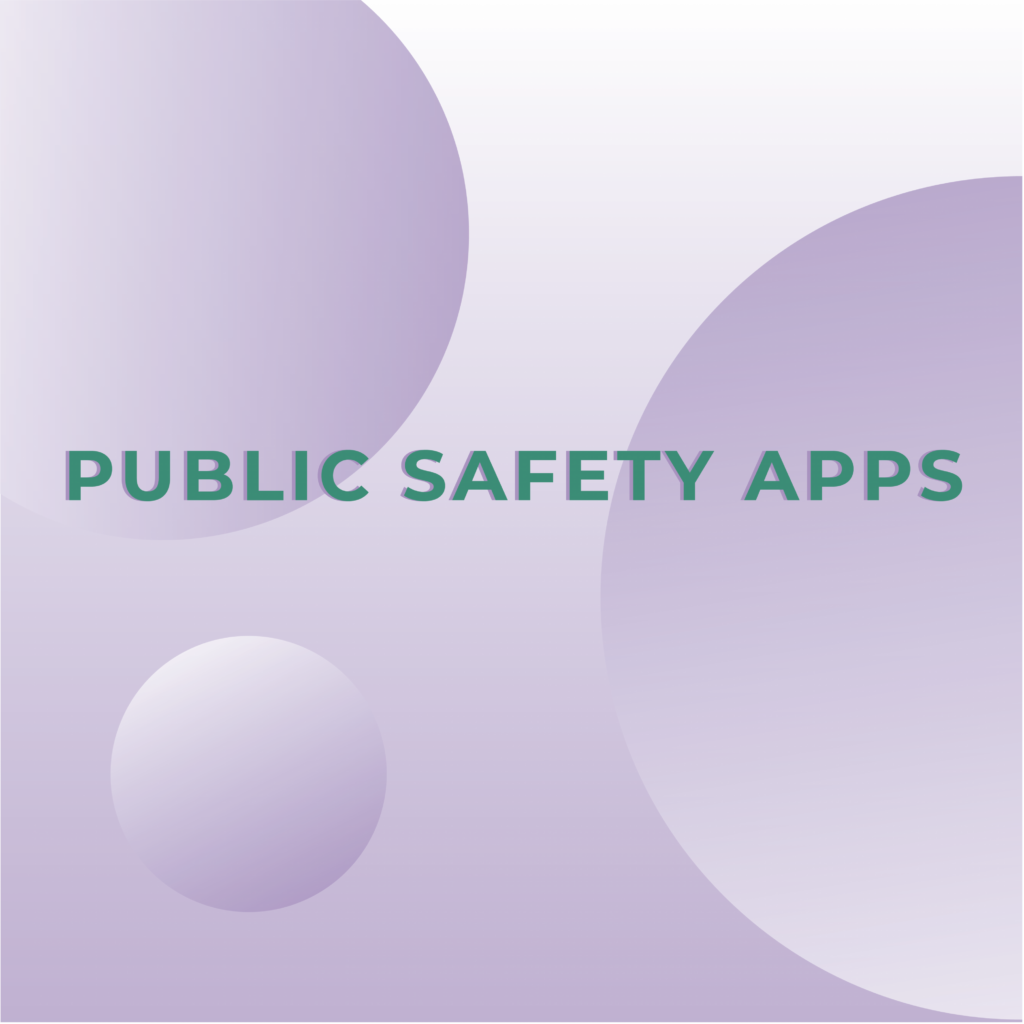The Only 9-1-1 Academy in Texas Will Graduate 13 New Telecommunicators During North Texas 9-1-1 Staffing Shortages
ARLINGTON, TX, August, 3, 2021 — The North Central Texas Emergency Communications District (NCT9-1-1) will graduate 13 new 9-1-1 telecommunicators from the Regional Telecommunicator Training Academy on August 6 in a virtual ceremony. These recruits join the industry during a significant staffing shortage of 9-1-1 telecommunicators in North Texas. The recruits of class #011 represent agencies from […]
